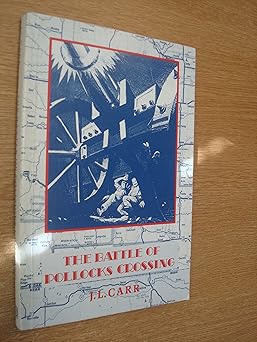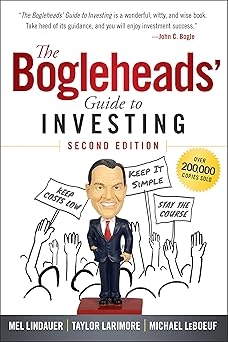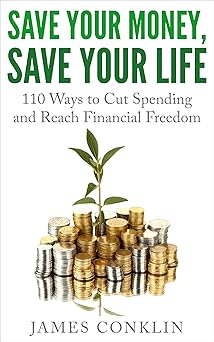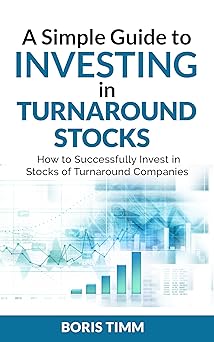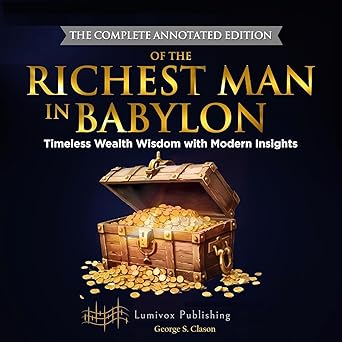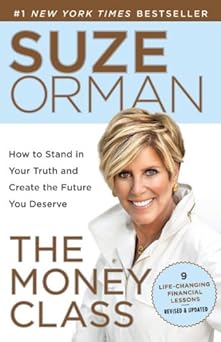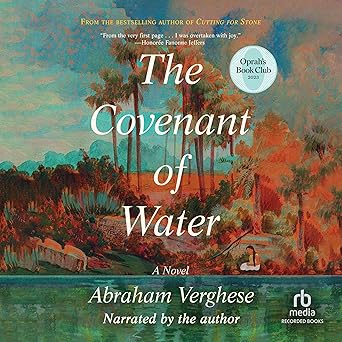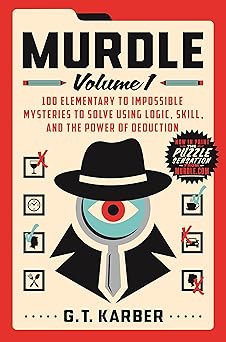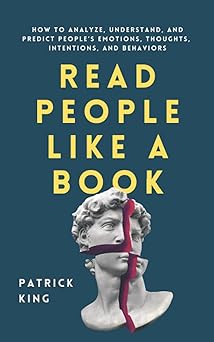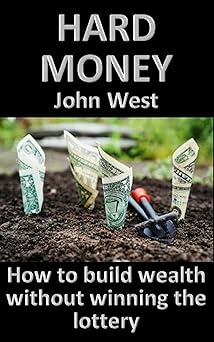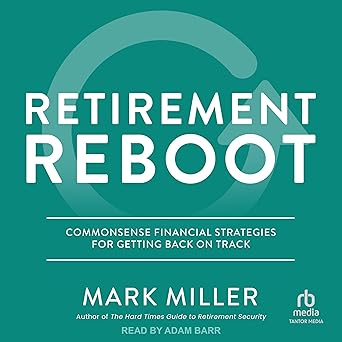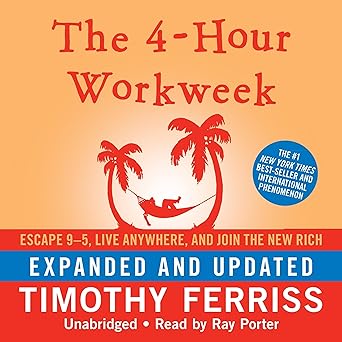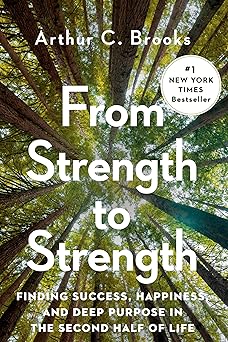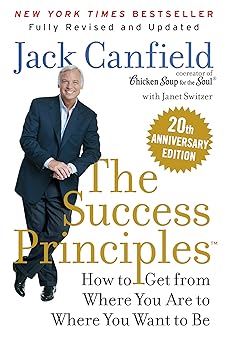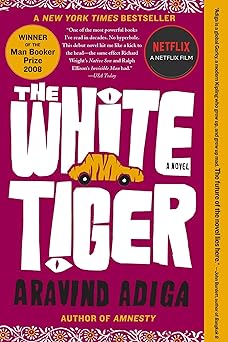
This story is about a young man named Balram, born into a life of deep poverty in a small Indian village. He dreams of a better life, a life beyond the limitations of his birth and the strict rules of the caste system. We see the world through his eyes – a world where people are trapped by their circumstances, where corruption is everywhere, and where those with power often abuse it. It's a hard look at what it means to be poor in India, and how difficult it can be to escape that reality. It really made me think about the opportunities some of us take for granted and the struggles so many others face just to survive. I remember once volunteering at a local food bank and hearing stories from people who had fallen on hard times. Their resilience and determination were truly inspiring, and this story brought back those memories and a deep sense of empathy for those facing immense challenges.
The story unfolds as a letter Balram writes to the President of China. He wants to explain to him what it's like to live in India, especially the differences between the very rich and the very poor. Balram starts as a simple driver for a wealthy family in Bangalore, a city known for its businesses and technology. He describes his life as their servant, detailing the family’s secrets, their business dealings, and the way they treat those below them. It's a very personal account, full of honesty and a surprising amount of humor, even when he's describing difficult situations. We see how he navigates a world where loyalty and respect are often bought and sold, and where he has to make difficult choices just to survive. He slowly starts to understand how the system works, and how he can use it to his advantage, even if it means bending the rules – or breaking them altogether. It’s a journey of transformation, showing how a young man’s desire for a better life can lead him down a very unexpected path. The descriptions of the city, the smells, the sounds, it really brings you right into the middle of India, making you feel like you’re experiencing it alongside him.
As Balram recounts his experiences, he shares his thoughts on Indian society, pointing out the inequalities and contradictions that exist. He doesn’t shy away from difficult truths, offering a raw and unflinching look at a country grappling with its own complexities. The story is both funny and heartbreaking, and it’s told in a way that’s both engaging and thought-provoking. It leaves you questioning what it truly means to be successful, and what sacrifices people are willing to make to achieve their dreams. It’s a story about ambition, survival, and the lengths to which one man will go to escape a life of poverty and servitude. Ultimately, it's a story that stays with you long after you’ve finished reading, prompting you to consider your own perspectives on wealth, power, and the human spirit.
It’s a story that really hit me hard. I've always believed in the power of dreams, the idea that anyone, no matter where they start, can build a better life for themselves. But this story shows a different side of that belief, a side where the odds are stacked so high against so many people that simply surviving becomes the biggest victory. I once spent a summer working with a group helping families rebuild their homes after a devastating flood. I saw firsthand the incredible strength people have when everything is taken away from them, the way they support each other and refuse to give up. This story reminded me of those people, of their quiet determination and the unfairness of the situations they faced. It’s a reminder that opportunity isn't always available, and that sometimes, the fight for survival demands choices we might not otherwise make. It made me really think about how lucky I am, and how much we all take for granted. It's a tough read, yes, but it's also incredibly important, offering a glimpse into a world that is vastly different from our own.
The story takes the form of a letter, a man writing directly to a world leader to explain his life. He begins as a young boy, born into a life where his future is already decided for him – a life of service, of poverty, of limited opportunity. We’s taken into the heart of a bustling city, a place of incredible wealth and cutting-edge technology, but also a place where a vast chasm exists between the rich and the poor. The details are vivid - the smells of the streets, the sounds of the city, the way people dress and interact. It’s a world of secrets and lies, where loyalty is bought and sold, and where those in power often exploit those beneath them. We see the man's journey as he moves from being a simple servant to understanding the inner workings of the world around him. He starts to see how the system is rigged, and how he might be able to use it to his advantage. It’s a slow burn, a gradual awakening, and it’s all told through his unique and often humorous voice.
It’s a story that doesn't offer easy answers. It's not a simple tale of good versus evil, but a complex exploration of human nature, ambition, and the choices we make when faced with impossible circumstances. It makes you question what it truly means to be successful, and what price people are willing to pay to achieve their dreams. The writing is direct and honest, never shying away from uncomfortable truths. It's a story that will stay with you long after you've turned the final page, prompting you to consider your own perspectives on wealth, power, and the resilience of the human spirit. It is a journey into a world far different than our own, and a powerful reminder of the inequalities that exist in our world.
Rating: 5.0 / 5.0
This story is a difficult one, but it’s also a really important one. It’s about a man's journey out of deep poverty and the hard choices he makes along the way. It shows us a world where opportunity is limited, and where survival often demands actions we might find troubling. It made me think a lot about how fortunate we are and the struggles so many people face every day. It isn’t always a happy story, and it can be upsetting at times, but it’s told with honesty and a surprising amount of humor. It's a story that sticks with you, making you question what it means to be successful and the sacrifices people make to find a better life. It's a solid four out of five stars because it's impactful and thought-provoking, even though it can be emotionally challenging to read.
